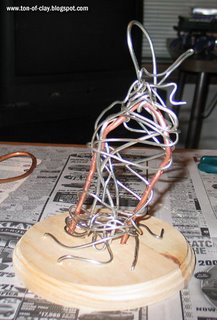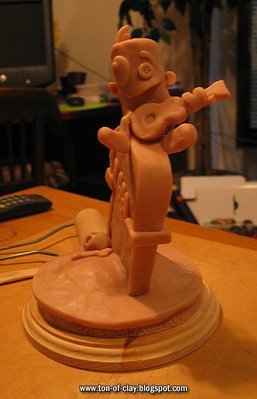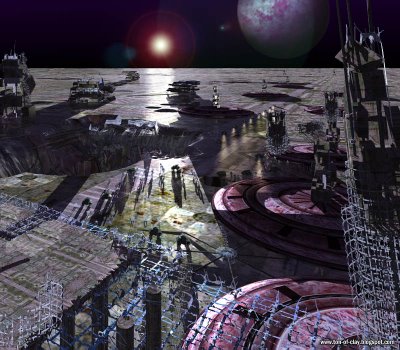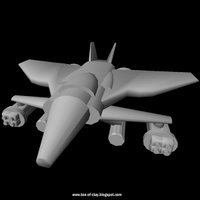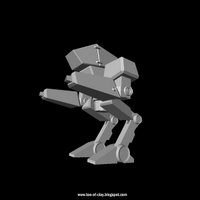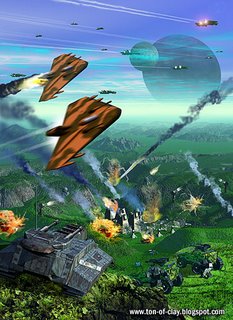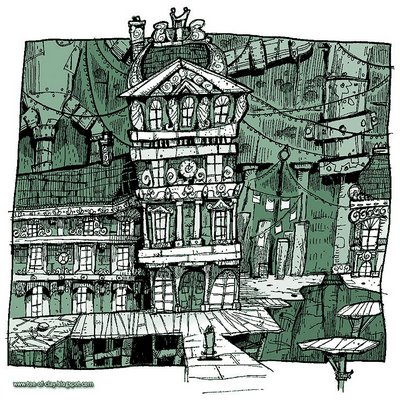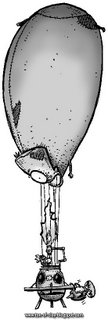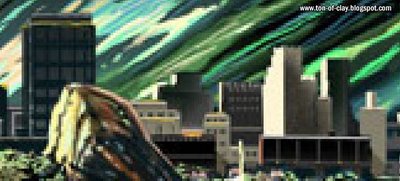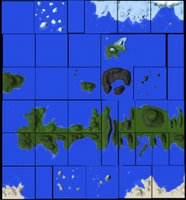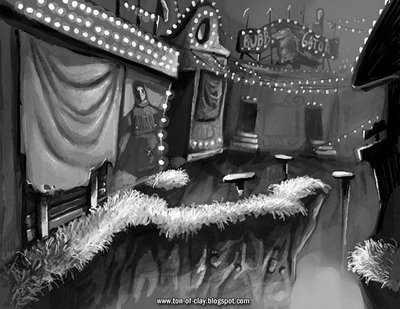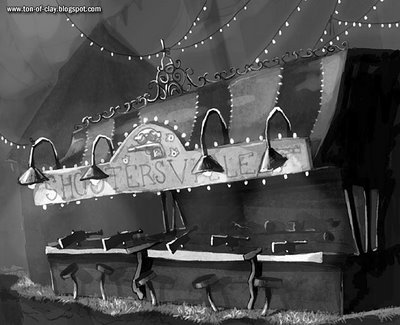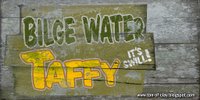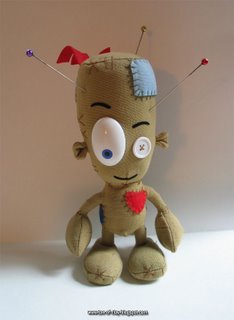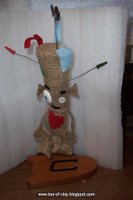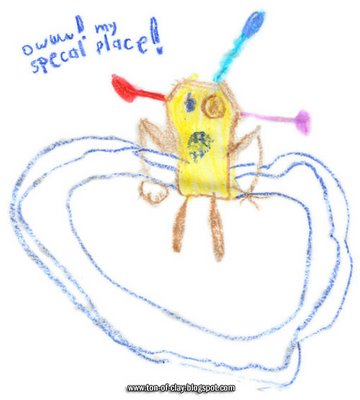Many upcoming games engaged in what I call bullet point warfare. Lists of features and visual gimmicks were dutifully recited in prepress coverage and endlessly compared and debated by the nascent Internet community. A week didn't passed that some helpful person would come into our office and say "Gosh, this game XXX from XXX has unit morale, cyborg pez dispensers and dancing pie charts showing alfalfa comsumption... Do
we have morale, cyborg pez and pie graphs?" We did what any good developer does when asked about stuff like that. We completely ignored it and concentrated on making the game.
Our ship date had floated around for about a year. We changed it twice, but by the spring of '97 we were finally pretty sure we would RTM (route to manufacture) in September. Ship dates don't seem as stressful when nobody knows you exist. We
were getting a little anxious, though. US game magazines had a lead time for stories of three to five months -- some still do in spite of competition from gaming websites. That's pretty simple math. It was already March and we still weren't sure how the world would ever hear about Total Annihilation. We had that spiffy print ad figured out, but E3 was just around the corner. We needed to make at least a decent splash or Total Annihilation would be in the bargain bin before Christmas.
Word finally came down that we would get a preview story in PC Gamer (US version). A staff writer from San Francisco would come to the Humongous/Cavedog offices in glorious Woodinville, Washington. We were told the plan was for a one page write-up in their preview section. We geared up by pushing even harder to make the game presentable (old multiplayer UI below) and to create high resolution assets for our future marketing needs.
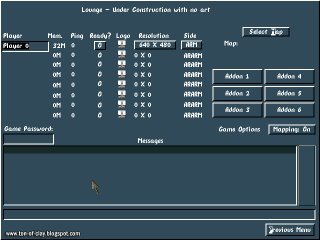
It wasn't enough that we already had maps bigger than any other RTS game. We had to do something truly awe-inspiring... something that would astound and amaze. Ron, Chris and I jointly conceived of Boris, a 100x100 screen behemoth (
Editors note: See next post). Maps that size are no biggie to the TA 3rd party community these days, but we attempted this with a mere P200 with 64 megs of RAM. I stayed up for days rendering and assembling pieces of Boris. The stability of the engine was still fluctuating from day to day. We didn't really know what would happen.
It's pretty obvious what happened: My PC went into shock and curled up whimpering in the corner for days after my first attempt to load Boris. After those days of sleep deprivation and stress,
I still shudder when I hear that name. We had to make do with our regular maps, which served us perfectly well.
There is an expectation that games are built using piles of slick concept art. It won't do to give magazines some doodles on a stained burger wrapper. Nope. Concept art has to look like it came from the halls of Skywalker Ranch or Ridley Scott's wet dream. The visual standard for games today makes walls of concept art a common sight. We didn't have much stuff like that for Total Annihilation. The design for a 40 polygon tank isn't much to look at.
So, we faked it. We had some great artists who were fully capable of making froo froo art like that. We were just too busy to make it most of the time. But it looks swell in a magazine article, so
Kevin Pun (another Square alum) whipped up some nice juicy marker comps of units
after they were already finished and in the game. Here are his wonderful, tarted up takes on some TA units.
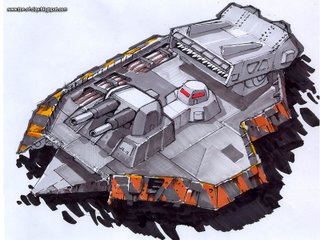

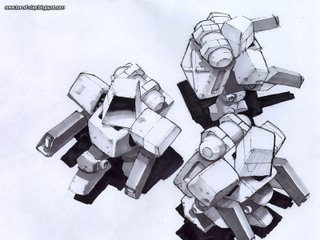
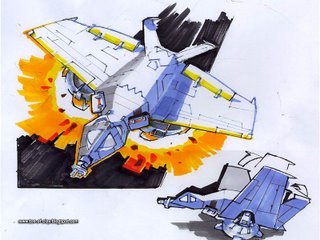
PC Gamer never used these for that piece, but they were handy for other articles and interviews that came along later. We fed the marketing and PR machine at GT a steady stream of high resolution renders and more concept art for months to come.
Our real unit designs were certainly nicer than something on a burger wrapper. Below is a
real first design pass for a Core aerial unit by Mike Fisher, the artist responsible for the bulk of the Core units. I usually asked for a quick pencil treatment so I could sign off on a unit design before the unit artists waded into 3D land. Mike always worked with wonderfully clear schematics, worthy of an engineer.

It would have been about April of 1997 when
Michael Wolf from PC Gamer paid us a call. Michael was a reviewer who later became the disk editor of PC Gamer. Michael is now a PR manager over at Microsoft's Windows game division. He arrived late in the morning. My impression was that he may have expected yet another C&C clone and I can't blame him. As we showed off our game he seemed to grow more impressed and excited as the interview progressed, asking lots of good questions.
Ron, Chris, Michael and I piled into Chris's
Mazda 626 and went to lunch at a
local Chinese place. I only remember that because I have a strong recollection of ignoring my wonton soup while riffing on the notion of the Core Commander writing a lonely hearts advice column. That later made its way onto the Cavedog website as a semi-regular feature.
If you read this early coverage, you'll notice Ron's name sometimes comes up more than Chris's. His name is the only one mentioned in the table of contents above. The industry at large hadn't really heard of Chris, Cavedog or our game yet. Ron was an acknowledged industry heavyweight. His background as a design god at LucasArts and the upcoming Monkey Island sequel (though unrelated to Ron) sometimes made him a focus for journalists who came to look at TA. Ron was always gracious and pointed reporters right back to Chris. He really believed that a designer should speak for his own game.
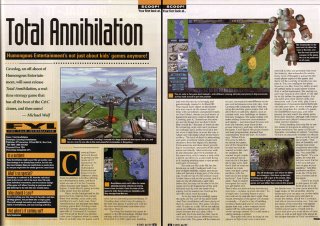 Copyright 1997 - Imagine
Copyright 1997 - Imagine
I almost forgot about the button layout that sort of looked like a skull. Oooo... Spooky.
When the preview finally hit magazine stands in their July issue (on the street in June) we were amazed. It was as nice as a preview gets. Phrases like, "...it could very well be the most revolutionary real-time strategy since Dune II" had us pinching ourselves (we did that to stay awake anyway). The timing couldn't have been better. This was the edition of PC Gamer that was circulated at E3 that year. Our ad was in other major game publications that month as well.
We had plenty of good buzz going into E3. Now we just had to get the game halfway polished for it's big debut on the show floor.
CK






